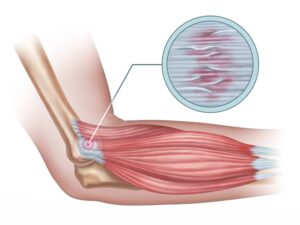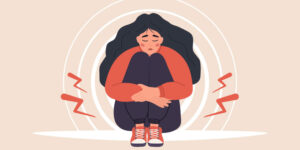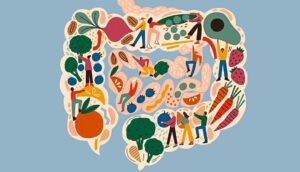World Sleep Day

Today marks World Sleep Day, an essential observance emphasising the pivotal role of sleep in our overall health and well-being. As chiropractic patients, understanding the profound connection between quality sleep and spinal health is crucial. This day serves not only as a celebration of rest but also as a global call to action to address the significant disparities in sleep health and its impact on various facets of life, including medicine, education, and social behaviours.
Poor sleep quality can exacerbate health issues and deepen inequities, making today an invaluable opportunity to join forces with sleep professionals and advocates worldwide. We encourage you to explore and embrace practices that enhance sleep health, ultimately supporting your chiropractic care journey.
Let’s acknowledge the importance of sleep, educate ourselves on its benefits, and take meaningful steps towards improving our sleep quality. For expert tips and insights on optimising your sleep, follow the link below. Your journey to better health and well-being starts with understanding the essential role of restful sleep.





